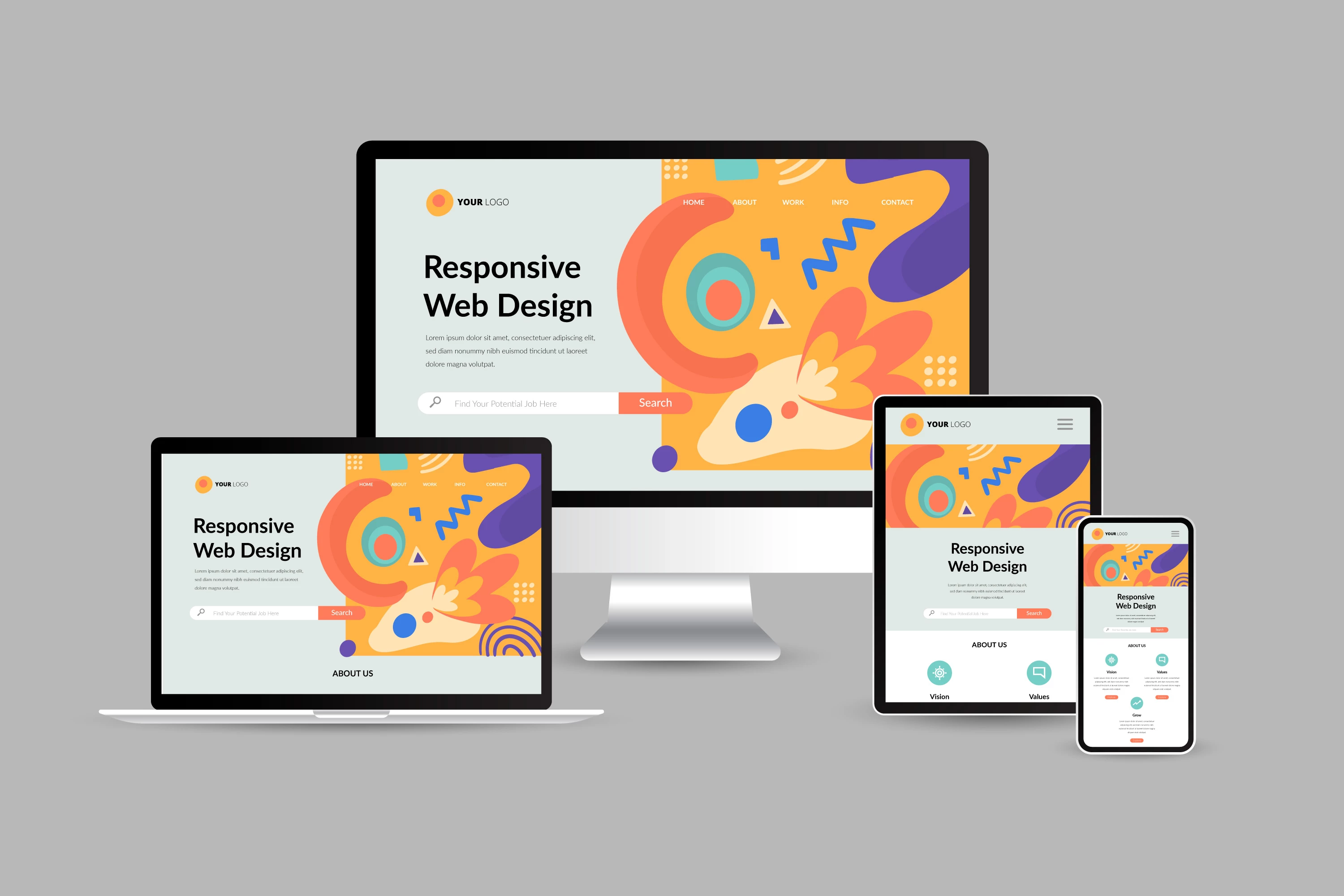Top Tips for Creating an Impactful Web Site Design That Converts
To accomplish this, one have to take into consideration a range of factors, consisting of understanding the target audience, prioritizing user experience, and enhancing for mobile platforms. The strategic usage of compelling call-to-actions and a well-defined visual hierarchy plays a vital function in directing individuals with their trip.

Understand Your Target Audience
Recognizing your target audience is essential to effective web site layout, as it prepares for producing an interesting user experience. Determining that your customers are, including their demographics, preferences, and habits, makes it possible for developers to customize the website's web content, layout, and capability to fulfill specific demands.
Performing extensive marketing research is vital in this process. Surveys, interviews, and analytics can provide useful understandings into individual assumptions and discomfort points. By compiling this information, developers can develop customer personas that stand for different segments of the audience, making sure that design decisions are notified and relevant.
Moreover, recognizing the target market aids in picking ideal style elements such as color design, typography, and imagery that resonate with customers. A web site that talks straight to its target market cultivates a sense of connection and trust, encouraging longer visits and greater conversion prices.
Eventually, a user-centered strategy to website design not only enhances customer complete satisfaction yet additionally sustains organization goals by driving involvement and commitment. By prioritizing the requirements and preferences of the target market, a website can properly offer its objective and accomplish wanted outcomes.
Prioritize Individual Experience
To boost the general effectiveness of a web site, focusing on individual experience (UX) is essential (Website Design). A properly designed UX ensures that visitors can navigate the website effortlessly, discover details swiftly, and involve with content meaningfully. This brings about enhanced customer complete satisfaction and higher conversion prices
Begin by implementing intuitive navigating. Menus should be logically structured, allowing users to find essential areas of the site with marginal initiative. Consistency in layout components, such as color design and fonts, fosters experience, which is vital for keeping individual involvement.
In addition, consider the packing speed of your site. A delay of just a few secs can result in significant drop-offs, as users are less likely to wait for a slow-loading page. Enhancing photos and optimizing code can enhance performance and retain site visitors.
Moreover, clarity in material presentation is vital. Usage concise, engaging language and break up message with visuals to enhance readability. By focusing on individual experience, you not only develop a much more enjoyable setting for visitors but additionally enhance your brand name's reliability. Inevitably, a concentrate on UX is a financial investment in the long-lasting success of your website.
Enhance for Mobile Tools
Maximizing for mobile devices is crucial in today's electronic landscape, where a boosting variety of customers gain access to web sites via smart devices and tablet computers. A mobile-friendly layout not just improves customer experience however likewise plays a considerable duty in improving search engine rankings. To achieve this, it is necessary to take on a receptive design that immediately gets used to numerous display dimensions and positionings.

Packing rate is one more essential element; mobile customers are generally much less patient and expect rapid access to info. By focusing on mobile optimization, you guarantee that your web site continues to be competitive and efficiently involves a more comprehensive audience.
Usage Engaging Call-to-Actions
A website's effectiveness commonly pivots on its ability to direct site visitors towards wanted actions, making compelling call-to-actions (CTAs) necessary parts of layout. CTAs work as the critical points that guide customers to engage with the site, whether that implies making a purchase, registering for an e-newsletter, or downloading and install a source.
To produce effective CTAs, clarity is vital. Usage concise language that plainly communicates the action you want the user to take.
Moreover, the layout of get redirected here CTAs need to attract attention without being meddlesome. Utilize contrasting colors and clear font styles to guarantee they capture focus. Furthermore, consider making use of directional hints, such as arrows or photos, to assist customers toward these buttons. By concentrating on these elements, organizations can dramatically improve user engagement, driving conversions and inevitably accomplishing their internet site's goals.
Focus on Visual Pecking Order
Reliable site layout counts greatly on a well-structured aesthetic hierarchy that overviews customers through material flawlessly. By organizing elements in a way that focuses on information, designers can improve customer experience and facilitate decision-making. This involves using dimension, shade, comparison, and spacing strategically to accentuate one of the most critical components of a web page.
Making use of bigger typefaces for headings and subheadings develops a clear distinction between different sections, enabling individuals to scan content effortlessly. Furthermore, utilizing different shades for switches and calls-to-action can record customer focus and urge communication. Whitespace is an additional essential component; it avoids clutter and allows individuals to focus on essential messages without interruptions.
Images and graphics ought to complement the text while likewise sticking to the established power structure, enhancing the total message (Website Design). Uniformity in style elements, such as shade plans and typography, additional enhances the visual hierarchy, making navigating instinctive

Verdict
In verdict, reliable web site layout demands an extensive understanding of the target audience, prioritization of individual experience, and mobile optimization. Eventually, a well-executed web site layout offers as a critical component in driving customer activities and attaining business objectives.